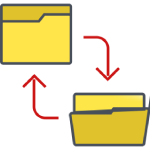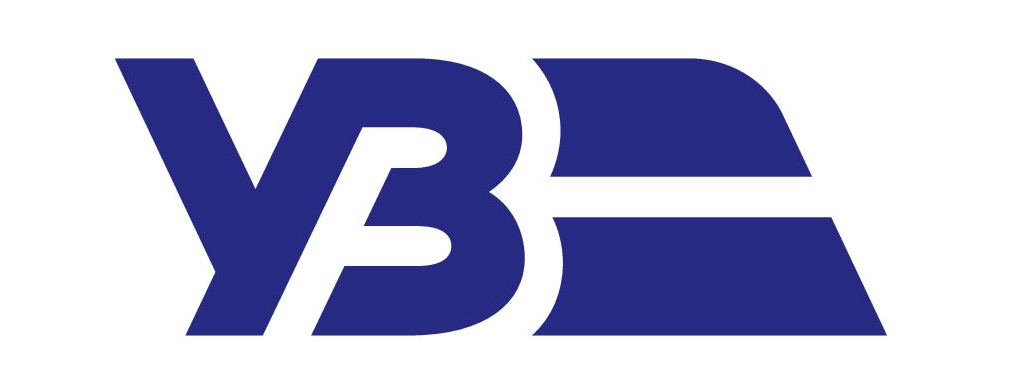Categories
Description
Description is not ready yet
Details
Business tasks
Reduce Costs
Enhance Staff Productivity
Ensure Security and Business Continuity
Improve Customer Service
Reduce Production Timelines
Support Decision Making
Ensure Compliance
Centralize management
Generate Business Reports
Enhance Competitive Ability
Problems
Decentralized IT systems
Shortage of inhouse software developers








